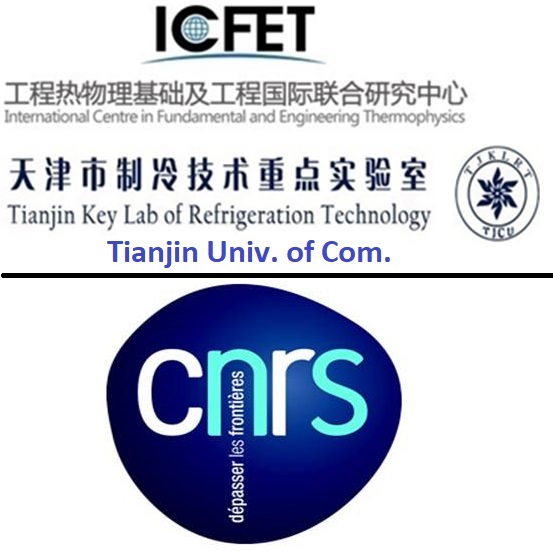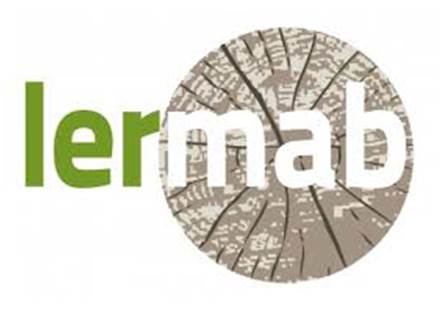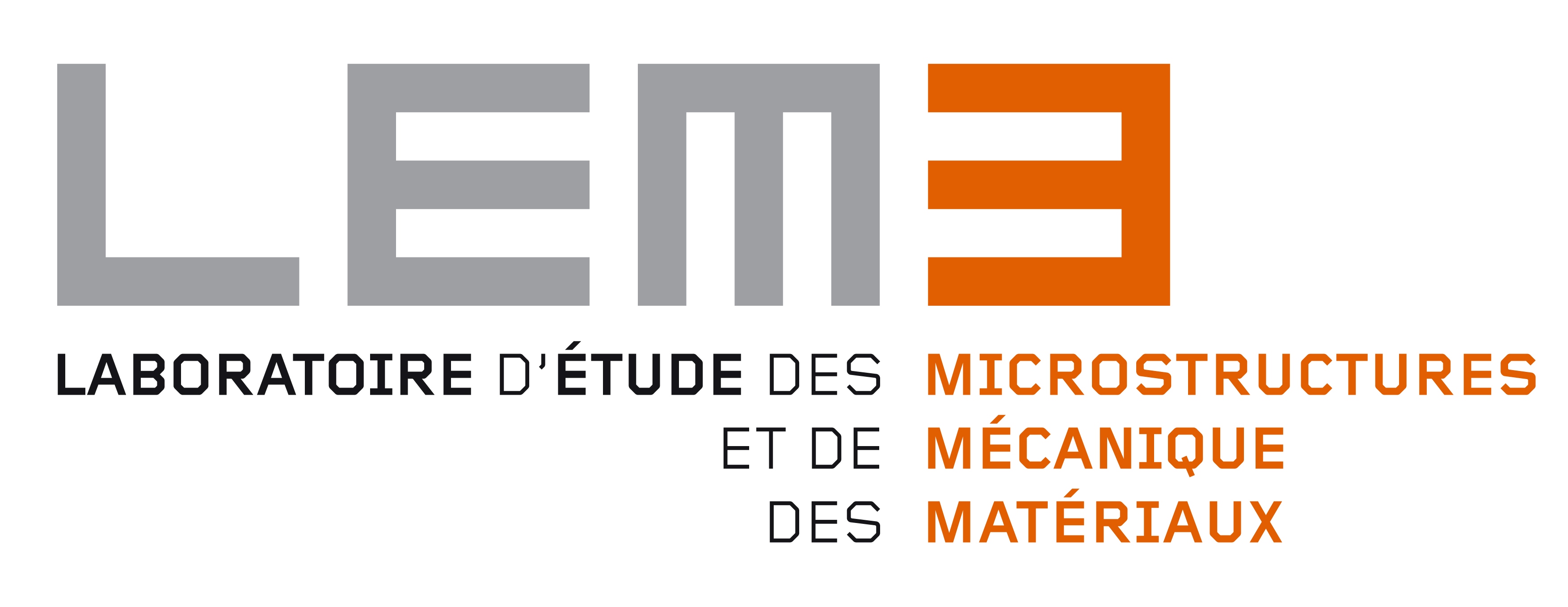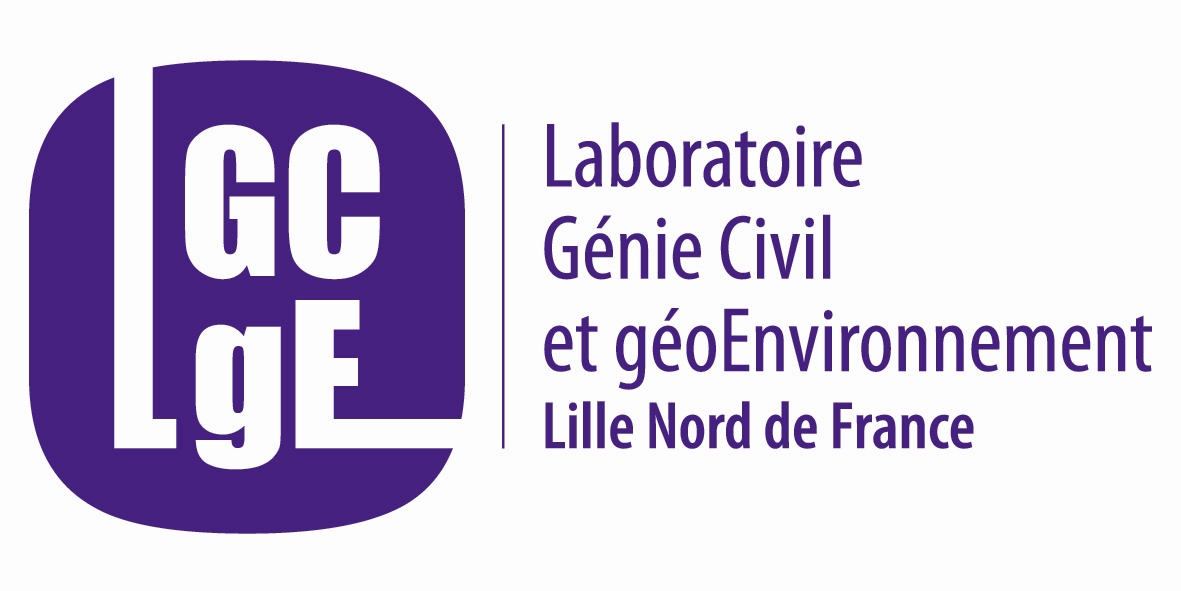Pr. Samir HOUAT
Numerical & Experimental Modeling of Mechanical Phenomena, University of Mostaganem, Algeria.
The building envelope is the area where several related physical phenomena intervene, thus involving studies of complex couplings between them, in particular between building materials, conductivity, heat transfer, mass transfer and energy storage. The conventional numerical methods applied make it possible to solve and understand some of these problems. In this presentation, the new numerical approach, in particular, the lattice Boltzmann method will be presented as a tool for simulating the physical phenomena in the building, especially for heat transfer. The basic principles of the method will be discussed as well as the explanations of certain aspects of its use.
Pr. Samir HOUAT : Graduate from the University of Science and Technology of Oran (USTO)-Algeria, where he obtained a BEng degree in thermal energy in 1988, a Magister Degree with a thesis on the modeling study of heat and mass transfer in a tunnel greenhouse in 1991 and a Ph.D. thesis on the study of hydrodynamic flows around the solid obstacles by mesoscopic method (LBM) in 2007. He first taught at the institute of physics at the University of Oran from 1991 to 1993 and then joined the department of mechanical engineering at the University of Mostaganem from 1993 until today. Currently, he leads a laboratory for numerical and experimental modeling of mechanical phenomena and also directs a research team who works on the analysis of heat and mass transfer phenomena in the fundamental field and its applications, including the use of the mesoscopic methods analysis based on Lattice Boltzmann method.



















